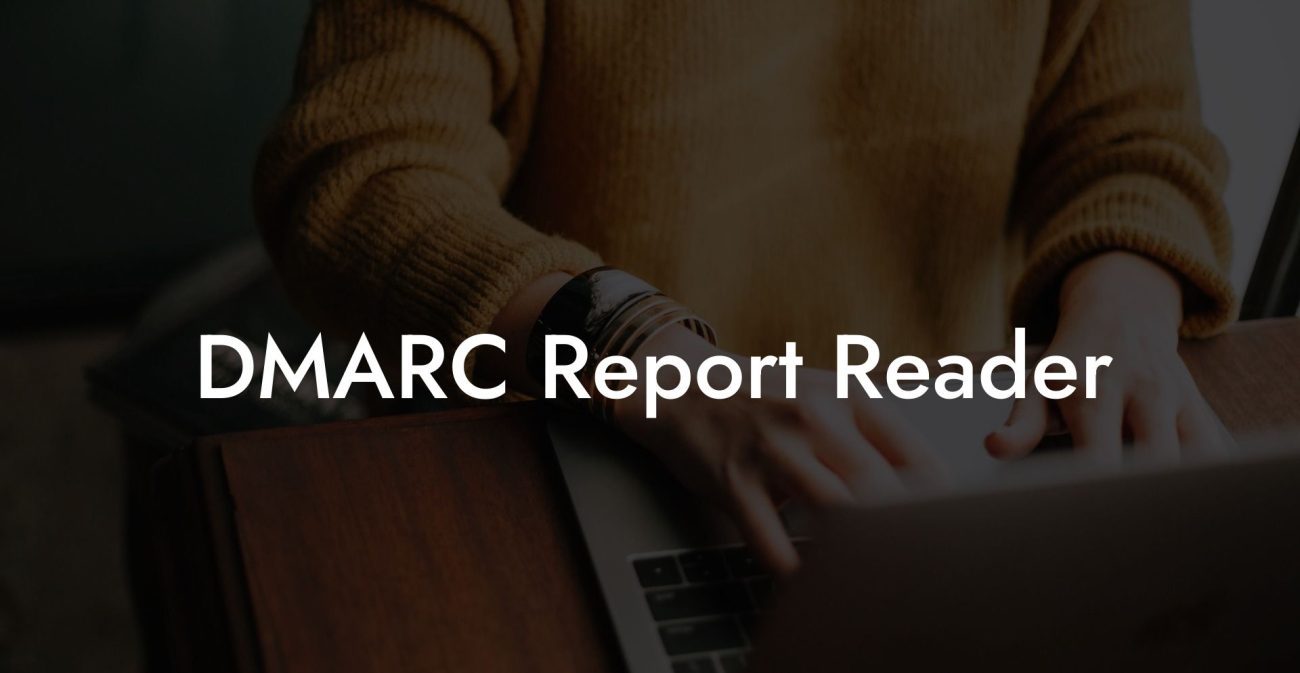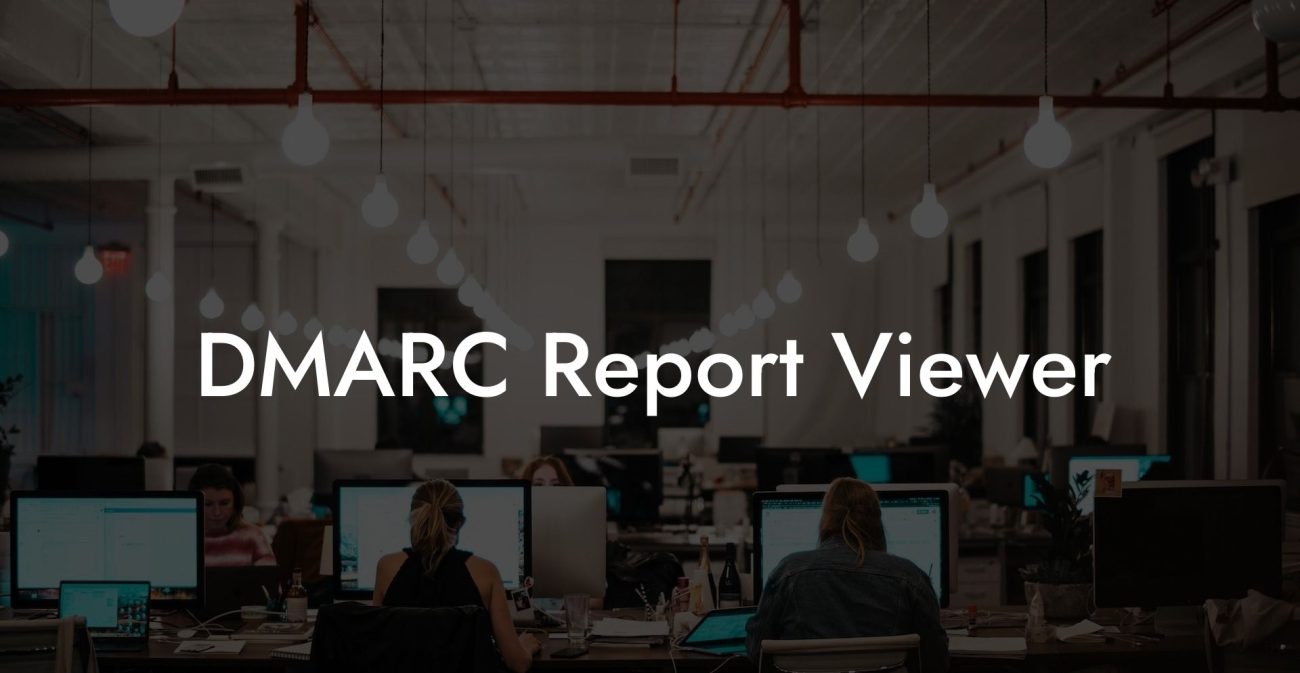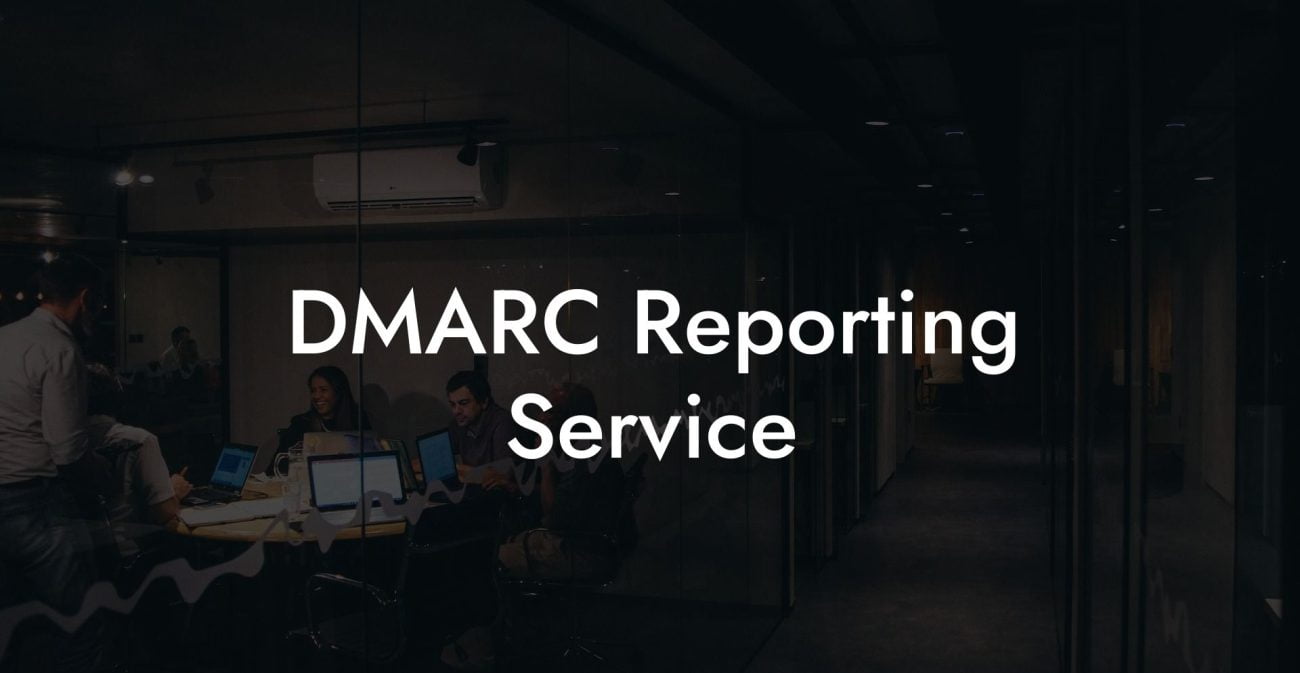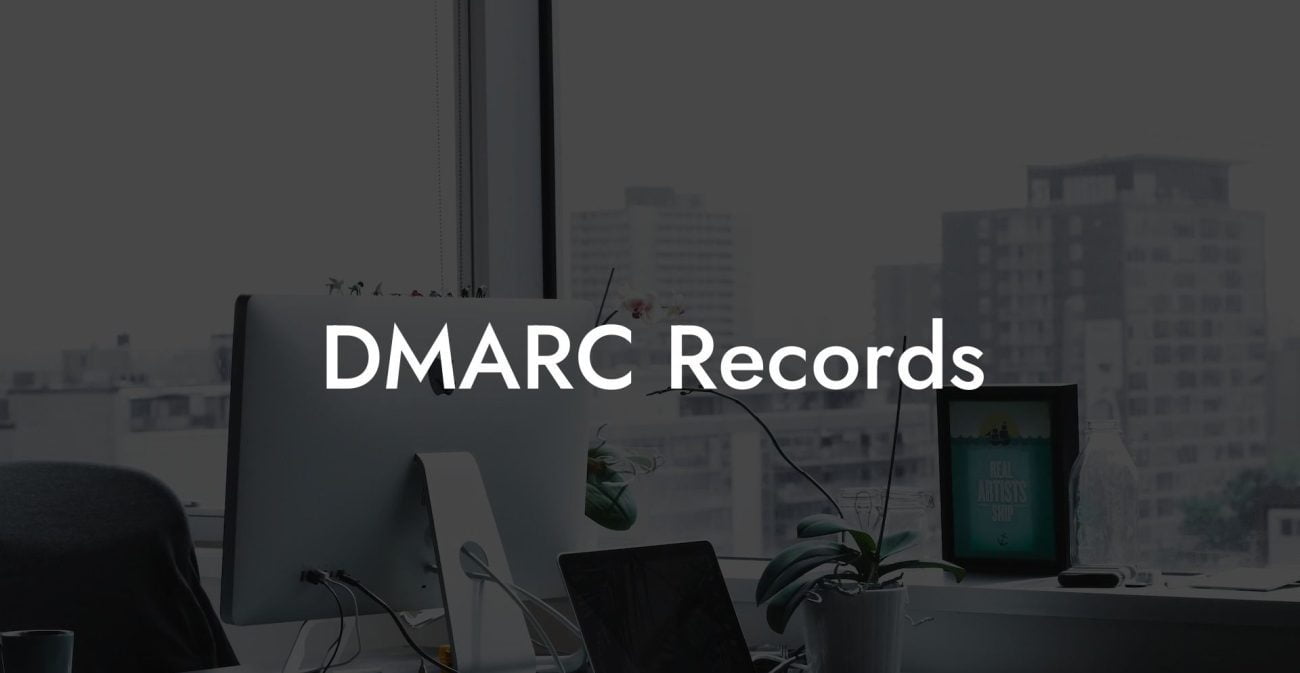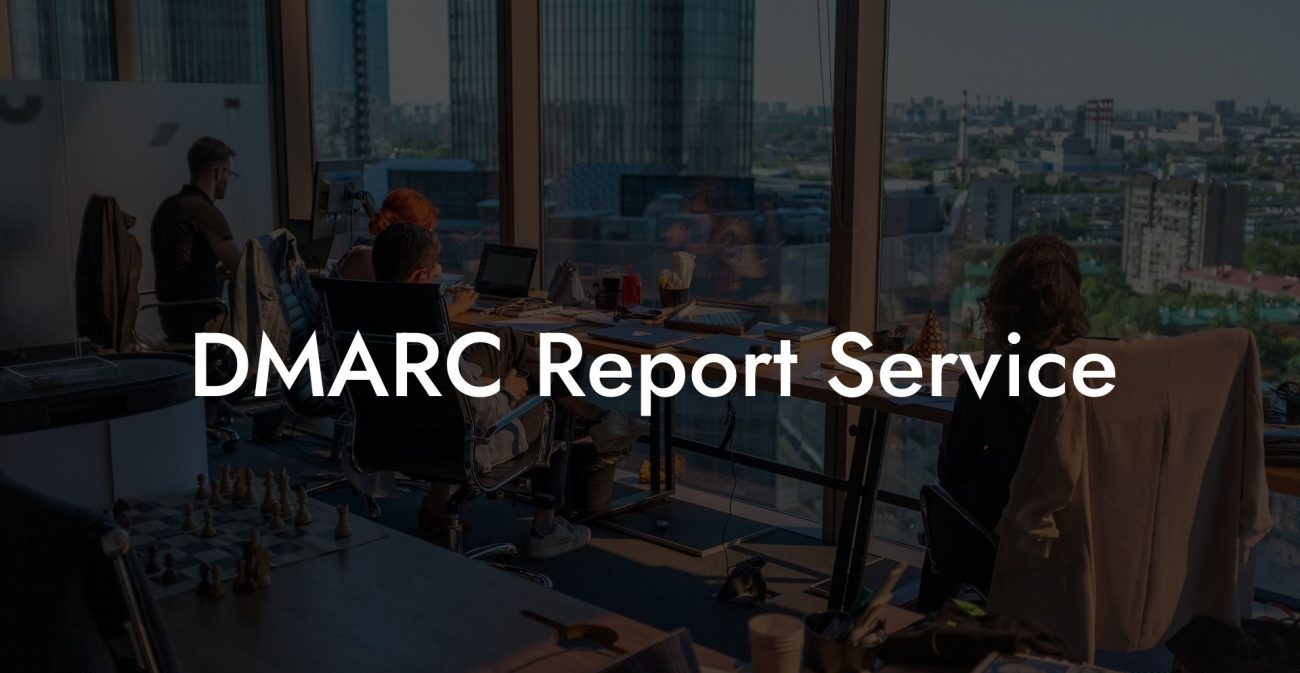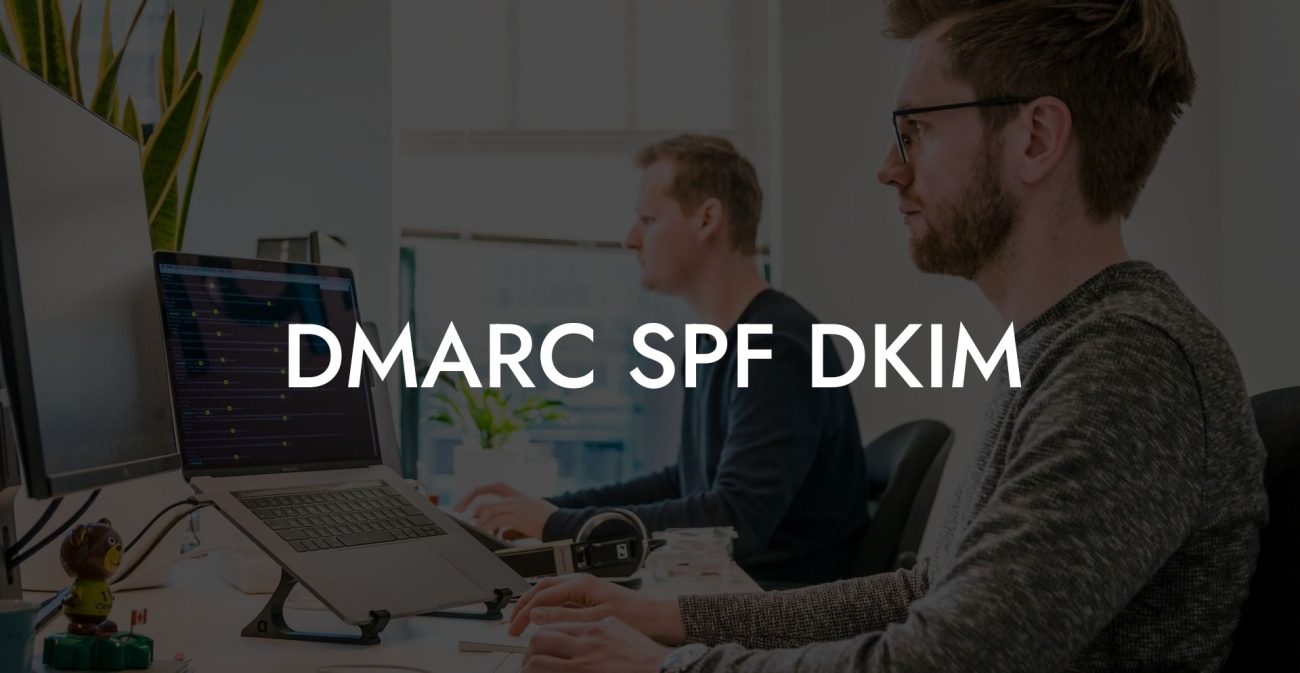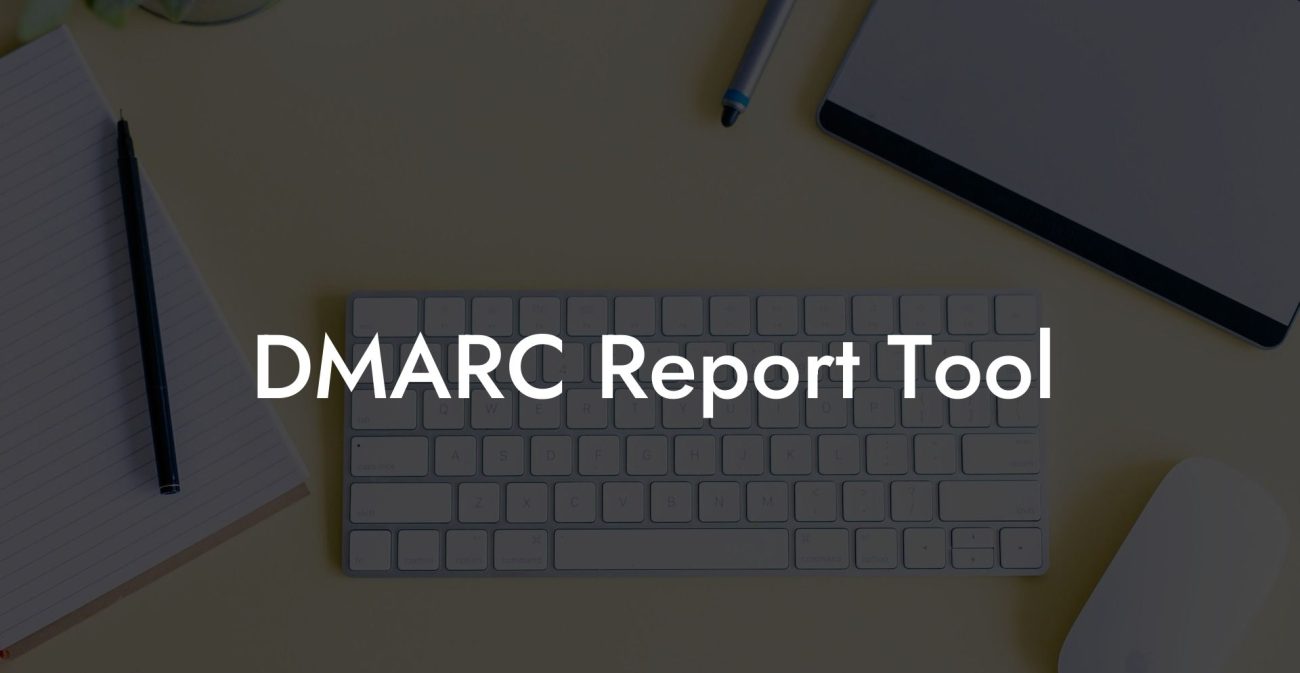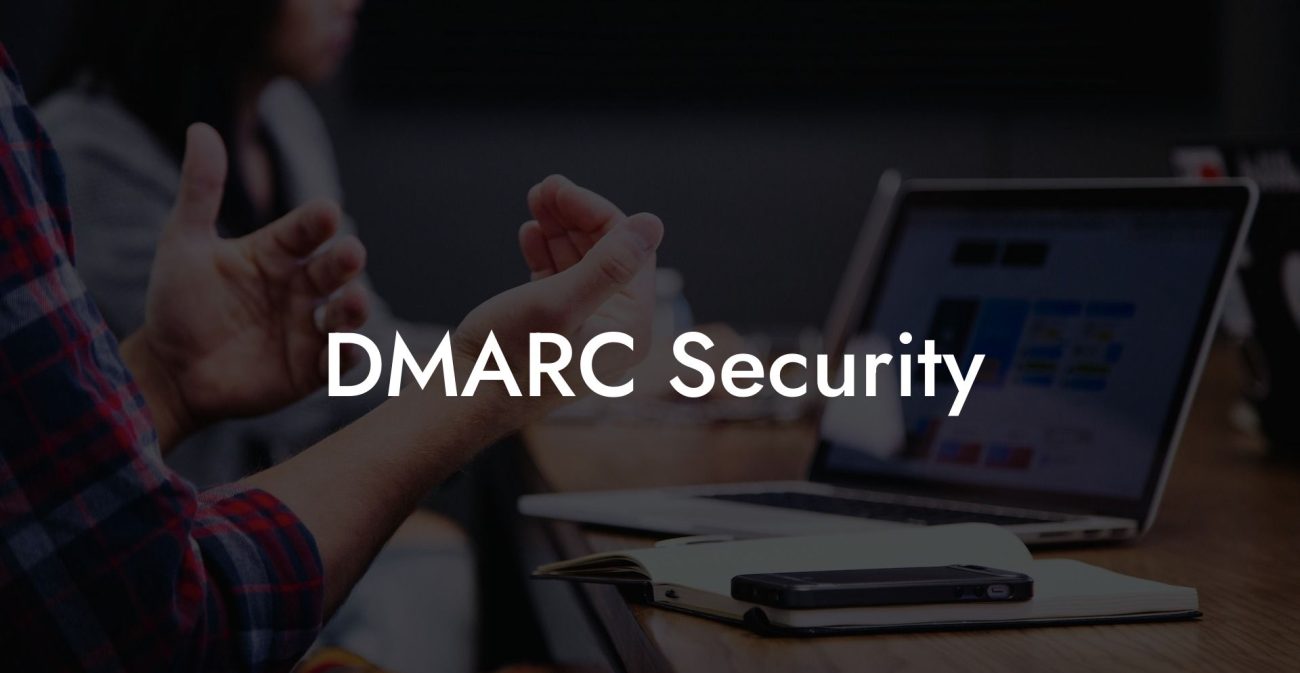In the ever-evolving world of cyber threats, email fraud continues to be a prevalent issue for businesses and individuals. Implementing strong email security measures, such as Domain-based Message Authentication, Reporting and Conformance (DMARC), can significantly reduce the risk of falling victim to these attacks. In this article, we will explore how GoDaddy, one of the leading domain registrars and web hosting companies, can assist you in implementing DMARC for your domain, thereby ensuring your communications are safeguarded from potential email threats.
What is DMARC?
DMARC is an email authentication and reporting protocol that helps protect your domain from email spoofing and phishing attacks. By providing a mechanism for receiving feedback on email authentication and sender alignment, DMARC allows domain owners to identify malicious actors and improve email security. DMARC uses two existing email authentication methods: Sender Policy Framework (SPF) and DomainKeys Identified Mail (DKIM).
How Does DMARC Work?
Protect Your Data Today With a Secure Password Manager. Our Top Password Managers:
DMARC builds upon SPF and DKIM by providing a policy for handling unauthenticated or unaligned messages. When a receiving server gets an email, it checks if the domain has a DMARC record. If a record exists, the server evaluates the email based on the SPF, DKIM, and DMARC policies. DMARC policies define how the receiving server should handle emails that fail authentication checks, such as quarantining them in a spam folder or outright rejecting them.
DMARC Record Components
A DMARC record contains several components that define the policy and reporting configuration:
- v= - The DMARC version, which should always be "DMARC1"
- p= - The policy for handling unauthenticated emails (none, quarantine, or reject)
- rua= - The email address for receiving DMARC aggregate reports
- ruf= - The email address for receiving DMARC failure reports
- pct= - The percentage of emails that should be subjected to the defined policy (0-100)
- aspf= - How strictly SPF authentication should be evaluated (relaxed or strict)
- adkim= - How strictly DKIM authentication should be evaluated (relaxed or strict)
Setting up DMARC with GoDaddy
To implement DMARC for your domain with GoDaddy, you'll need to follow these steps:
- Create a DMARC policy based on your domain's requirements, taking into account the components listed above. You can use online tools like DMARC Generator to help you create the required TXT record.
- Log in to your GoDaddy account and navigate to the Domain Management section.
- Find the domain for which you want to set up DMARC and click on the "DNS" button.
- Click "Add" to create a new DNS record. Select "TXT" as the record type and enter "_dmarc" as the host.
- Paste the DMARC policy you created in step 1 into the "TXT Value" field. Save your changes.
After you save the DMARC record, it can take some time for the changes to propagate across DNS servers. Once the record is active, email receiving servers will begin enforcing your DMARC policy.
Godaddy DMARC Example:
Imagine you own the domain "example.com" and have already implemented SPF and DKIM. To enable DMARC, you create a policy with the following attributes:
- Policy: quarantine
- Aggregate report email: dmarc_reports@example.com
- Failure report email: dmarc_failures@example.com
- Percentage: 100%
- SPF and DKIM alignment: relaxed
Your DMARC record would look like this:
v=DMARC1; p=quarantine; rua=mailto:dmarc_reports@example.com; ruf=mailto:dmarc_failures@example.com; pct=100; aspf=r; adkim=r
Follow the steps listed in the "Setting up DMARC with GoDaddy" section to add this record to your domain's DNS settings.
Implementing DMARC with GoDaddy is a crucial step in protecting your domain from email threats such as phishing and spoofing. Use the information and instructions provided in this guide to strengthen your domain's email security and provide trust to your customers and contacts. Feel free to share this article with your colleagues to help them improve their email security, and delve deeper into our other guides on Voice Phishing for more insights and tips on cybersecurity.
Protect Your Data Today With a Secure Password Manager. Our Top Password Managers:





